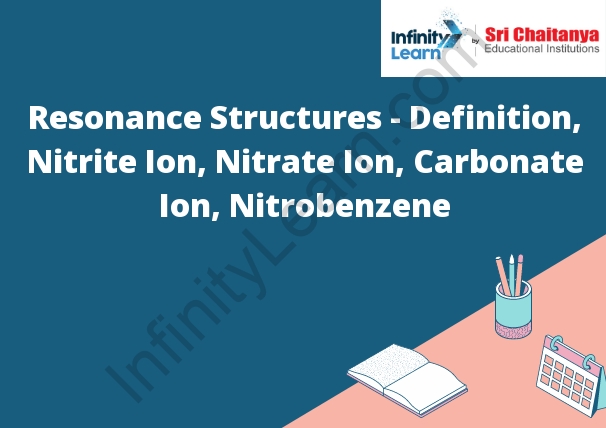Table of Contents
Resonance-structures
Resonance structures are alternate Lewis structures for a molecule that depict the electron-sharing patterns of the atoms in the molecule. The resonance structures are not actual structures of the molecule, but they are used to describe the electron-sharing patterns of the atoms in the molecule. The resonance structures are important because they help to explain the stability of molecules. Resonance Structures – Definition.

Define Resonance Structures?
Resonance structures are alternative Lewis structures for a molecule that represent different ways of combining the atoms within the molecule. The different structures are called resonance structures because they “resonate” with each other, meaning that they are all equally valid representations of the molecule. The resonance structures are drawn with the same bond lengths and angles, and the electrons are distributed in the same way between the atoms. The electrons in a resonance structure participate in more than one covalent bond, and the electron pairs are shared between the atoms in different ways.
Resonance Structures of NO2– Ion
There are three resonance structures for the NO2− ion. In each structure, the nitrogen atom is double bonded to one oxygen atom and single bonded to the other oxygen atom. The bond between the nitrogen atom and the first oxygen atom is slightly shorter in the first structure and the bond between the nitrogen atom and the second oxygen atom is slightly shorter in the third structure.
Resonance Structures of NO3– Ion
There are three resonance structures for the NO3– ion. In the first, the nitrogen atom is double-bonded to oxygen and the oxygen atoms are single-bonded to each other. In the second, the nitrogen atom is single-bonded to oxygen and the oxygen atoms are double-bonded to each other. Third, the nitrogen atom is double-bonded to oxygen and the oxygen atoms are single-bonded to each other.
Resonance Structures of the Carbonate (CO2−3) Ion
There are several possible resonance structures for the carbonate ion. In each case, the carbon atom is double-bonded to the oxygen atom, and the single bond between the carbon and oxygen atoms is shown as a dashed line.
In the first resonance structure, the carbon atom is bonded to two oxygen atoms. The double bond between the carbon and oxygen atoms is shown as a dashed line. In the second resonance structure, the carbon atom is bonded to a single oxygen atom and a second carbon atom. The single bond between the carbon and oxygen atoms is shown as a dashed line. In the third resonance structure, the carbon atom is bonded to a single oxygen atom and a hydrogen atom. The single bond between the carbon and oxygen atoms is shown as a dashed line. In the fourth resonance structure, the carbon atom is bonded to a single oxygen atom and a chlorine atom. The single bond between the carbon and oxygen atoms is shown as a dashed line.
Resonance Structure of Nitrobenzene
The resonance structure of nitrobenzene shows that the nitrogen atom is double bonded to the carbon atom and single bonded to the oxygen atom. The double bond between the nitrogen and carbon atoms allows for a delocalization of the electron density over both atoms. This delocalization of the electron density makes the nitrogen atom more electron-rich and the carbon atom more electron-deficient. This increased electron density on the nitrogen atom is what makes the nitrogen atom more susceptible to oxidation.
Resonance Structures of Benzene
Benzene has a total of six resonance structures.
Resonance Structures – Definition.








